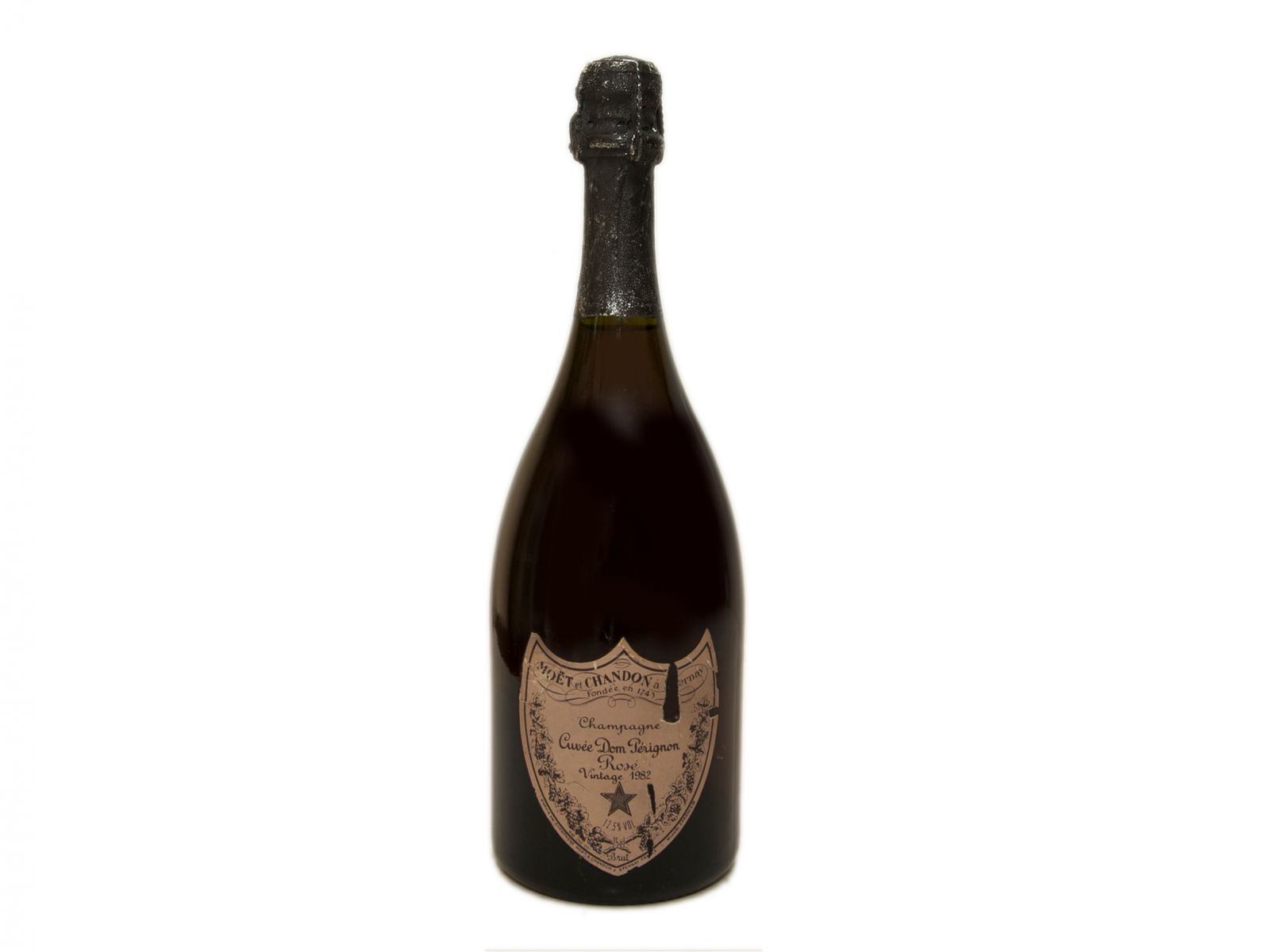

I also wish the authors has given just a page or two to explaining how champagne is made. Silvery-brisk, clean, ravishing Blanquette de Limoux is rightfully the world's first sparkling wine and remains a treasure- at about 1/4 the price of a fine champagne.

The Kladstrups could have taken a few moments to tell the rest of the story- that the process for creating a sparkling wine was indeed invented by monks in the early 16th century, but far to the south at the Abbey of Saint-Hilaire in the town of Limoux, deep in the Languedoc. It was the marketing genius of the champagne house Moët and Chandon that led to the image of a blind monk tasting sparkling wine for the first time and declaring "I have tasted stars." It wasn't until the late 18th century that the process was fully understood and pursued with dedication and precision. But the inventor of la méthode Champenoise ? Je crois pas, moi! Our monk of Hautvillers endeavored his whole life to stop the process that turned still wine to sparkling.

He established some of the earliest winemaking standards that laid the foundation for France's system of delimited wine zones or appellations contrôlées. Dom Pierre was a fantastically skilled winemaker who presided over the vines and vats of the abbey at Hautvillers. They are quick to dispel the myth of Dom Pérignon- a 17th century monk and cellarmaster- as the father of champagne. But the Kladstrups realized as they began their research that the story of 'le champagne' could not be told properly without the historical context that defined the region it calls home. The authors originally intended to focus solely on the role of La Champagne during WWI and this crushing war does indeed receive most of the attention. In contrast to its rightful claim of a wine of superlative clarity, joy and finesse, it has been the site of some of the bloodiest battles of ancient and modern times.ĭon and Petie Kladstrup's lovely and heartbreaking book encapsulates an enormous stretch of history into 300 wonderfully readable pages. La Champagne, the region in northwestern France that is home to the world's most celebrated wine - 'le champagne'- has ever been at the crossroads of European history.


 0 kommentar(er)
0 kommentar(er)
